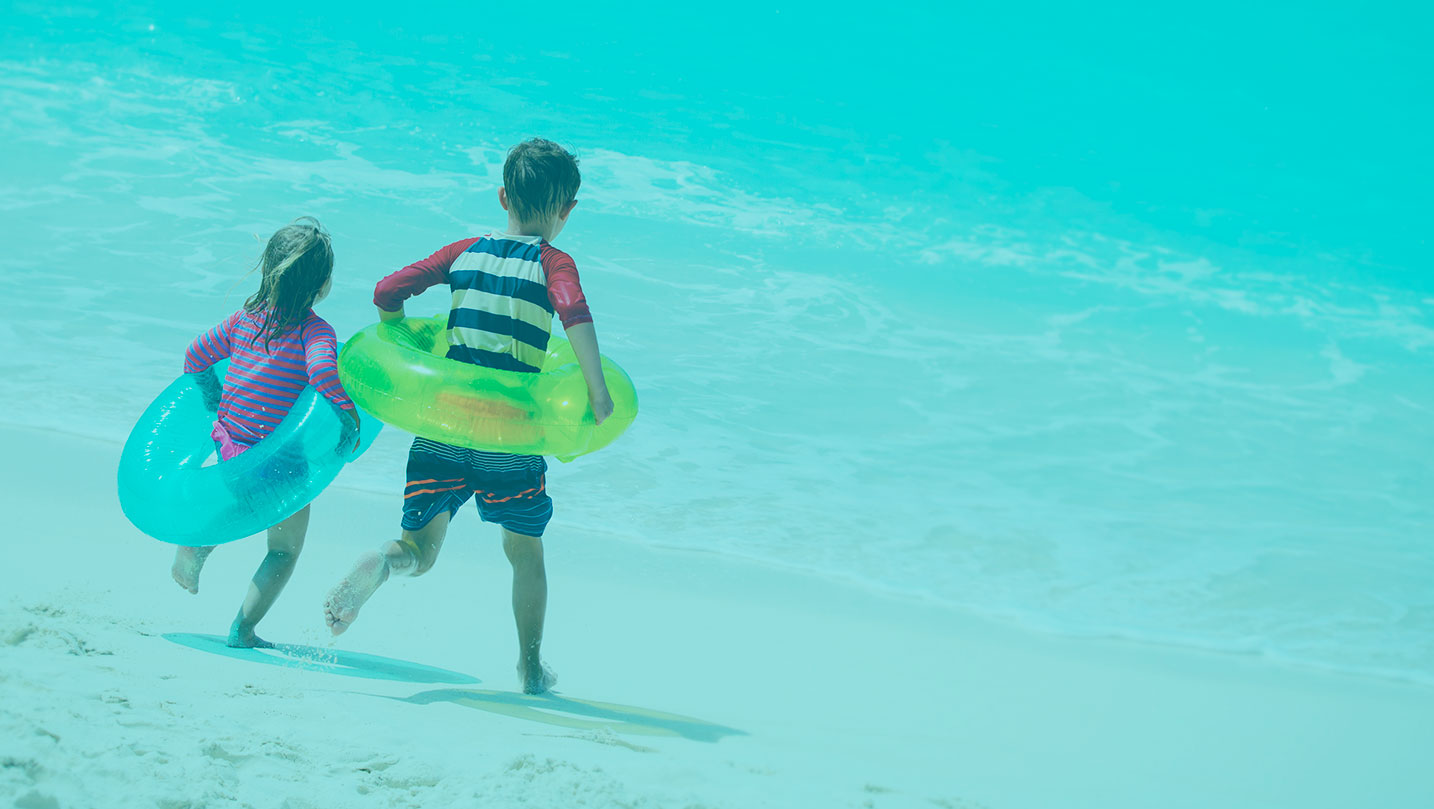A day at the beach should be relaxing and enjoyable—but safety should always come first. Whether you’re heading to the ocean, a lake, or another open water destination, being prepared and aware of potential hazards can help keep you and your loved ones safe. From rip currents to sunburns, here are the top beach safety tips to help you enjoy the shore responsibly.
- Sun Protection is a Must
Beaches offer little natural shade, making prolonged sun exposure a serious concern. Apply a broad-spectrum sunscreen (SPF 30 or higher) 15–30 minutes before heading outdoors and reapply every two hours—or more often if you’re swimming or sweating. Don’t forget commonly missed spots like the tops of feet, ears, and the back of the neck. In addition to sunscreen, bring UV-protective clothing, wide-brimmed hats, polarized sunglasses, and consider a beach tent or umbrella for shade. - Understand Rip Currents
Rip currents are fast-moving channels of water that can pull swimmers away from the shore in seconds—and are a leading cause of lifeguard rescues. Before entering the water, check for posted flag warnings or ask a lifeguard about current conditions.
- If caught in a rip current:
- Stay calm and conserve energy.
- Swim parallel to the shoreline to escape the current’s pull.
- Once free, swim diagonally back to shore.
- If you can’t escape, float or tread water and signal for help.
- If someone else is caught:
- Alert a lifeguard immediately or call 911.
- Toss a flotation device if available, but do not enter the water unless you’re trained to help.
- If caught in a rip current:
- Know the Flags
Most public beaches use a flag warning system to communicate surf conditions:- Red: High hazard—strong surf or dangerous currents.
- Yellow: Moderate hazard—use caution.
- Green: Low hazard—generally safe, but stay alert.
- Purple: Dangerous marine life—such as jellyfish or stingrays—are present.
Take a moment to learn the local system and follow posted advisories.
- First-Aid Readiness
Beach environments come with minor risks like scrapes, cuts from shells, jellyfish stings, or burns from the sand. Pack a compact first-aid kit with adhesive bandages, antiseptic wipes, tweezers, sting relief ointment, and aloe vera. Consider waterproof bandages and a saline rinse for eye or wound cleaning. Quick care can prevent small issues from ruining the day. - Hydration-Friendly Snacks
Sun and saltwater can dehydrate you quickly. Pack plenty of cool water and electrolyte-replenishing drinks. Include snacks that support hydration and energy—like watermelon, cucumber, grapes, and oranges. Avoid overly salty or sugary items, which can worsen dehydration. - Know Basic Water Safety Skills
Water competency is your best protection. Make sure everyone in your family can:
- Enter water safely
- Float and tread water
- Change position and direction while in the water
- Swim a safe distance and exit the water confidently
- Practice Smart Water Entry
- Enter feet-first in unfamiliar or shallow areas.
- Only dive where it’s clearly marked safe—water should be at least 9 feet deep and free of underwater hazards.
- Never dive headfirst into breaking waves or unknown water.
- Avoid jumping into water from high spots like rocks, bridges, or boats.
- Open water can become dangerous quickly during storms. If thunder or lightning is spotted, exit the water immediately.
- Swim Near Lifeguards
Lifeguard-patrolled areas offer the best protection. Lifeguards are trained to recognize distress quickly and act fast in emergencies. Always stay within designated swimming zones and keep children within arm’s reach, even in shallow areas. - Supervise Children Constantly
Distractions like phones or reading can wait. Always keep your eyes on children near the water, regardless of their swimming ability. Even when lifeguards are present, stay within arm’s reach of young kids and set firm rules about where they can go.
Lost Child Prevention: Busy beaches can get crowded fast, and it’s easy for children to wander out of sight. Establish a visual landmark or meeting spot as soon as you arrive. Dress kids in bright, easily recognizable clothing or even matching hats for groups. Remind children that if they get separated, they should find a lifeguard or another trusted adult immediately. - Respect Marine Life
It’s exciting to encounter sea creatures—but it’s important to interact responsibly. Avoid touching or disturbing marine animals such as crabs, jellyfish, or stingrays. Some can sting or bite when threatened. Teach children to observe wildlife from a safe distance and understand the role these animals play in the coastal ecosystem.
The beach is a place for fun—but also a natural environment with real hazards like strong currents, extreme sun, and marine wildlife. Agencies like the National Weather Service and National Ocean Service provide updates to help you plan ahead. With a little preparation and awareness, you can make your beach day memorable for all the right reasons.
Stay safe and have fun!
Sources:
https://www.weather.gov/safety/beach
https://www.usla.org/page/safety-tips
https://www.weather.gov/safety/beachhazards
https://wow.uscgaux.info/content.php?unit=054-20-04&category=beach-safety
